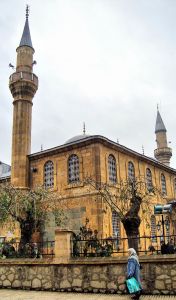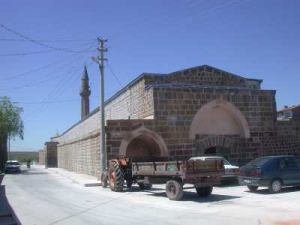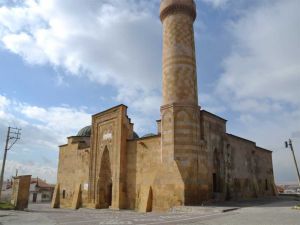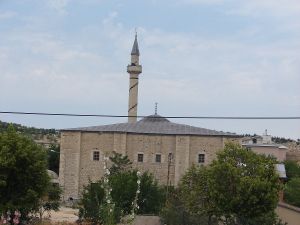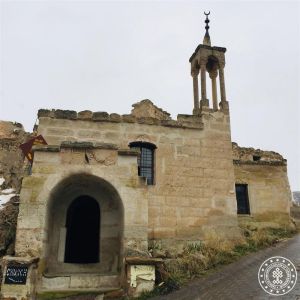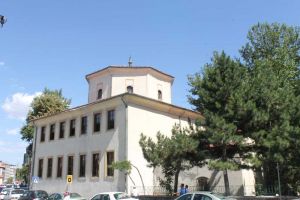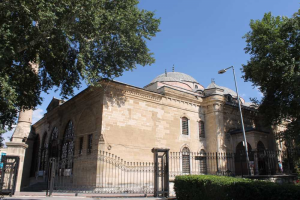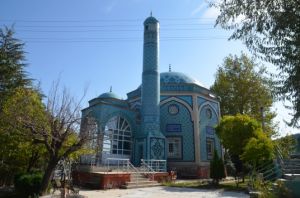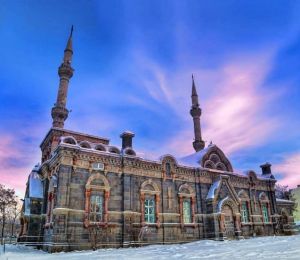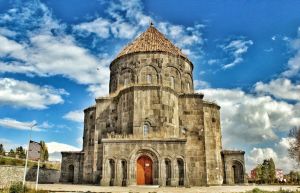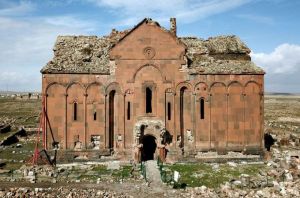The mosques of
A mosque is a religious place used by Muslims for worship and collective prayer according to the Islamic faith. Mosques play an important role in Islamic societies and around the world to meet the spiritual needs of Muslims and to learn religious teachings. In Islam, a mosque is a place where Muslims perform religious activities such as praying to Allah, reading the Qur'an, praying in congregation, and having religious leaders deliver sermons. The architecture of a mosque can vary, but it usually has features such as a high tower called a minaret, an area showing the direction of the Qiblah called a mihrab, and a pulpit called a minbar. Mosques are usually run by imams, who are the religious leaders of the communities. While mosques may be simple and modest, some may be quite ostentatious and decorated with artistic details. The interior design of mosques is also often full of elegant decorations and religious inscriptions. Mosques also function as a community center and host various religious and social events such as religious holidays, funerals, and social events.
The history of the camels
The history of the mosque, It starts with the birth of Islam and has a very deep history. The Islamic prophet Muhammad (p. It's a. v) The migration from Mecca to Medina (622 AD) is considered the beginning of Islam and this event is also the period when the construction of the Mosques began. In the early period of Islam, Muslims performed their worship in private houses or in open spaces, while after the migration to Medina, there was a need for a special place of worship for the Muslim community. Therefore, the "Cuba Mosque", the first Mosque in Medina, is built (622 AD). After the Kuba Mosque comes the "Mosque of the Prophet". The Prophet's Mosque is the first major mosque that Muslims used to pray and gather. With the spread of Islam and the conquests, new mosques began to be built in different regions. While the first mosques were usually simple structures, over time more architecturally complex and ornate mosques were built. Today, mosques have become a cultural and religious expression of Islam and are part of Islamic civilization.
The history of mosques stretches from the birth of Islam to the present day, and in the process has evolved under the influence of different cultures and architectural styles at different times. Today, there are many different styles and sizes of mosques around the world, and mosques are the religious and social centers of Muslim communities. Mosques are of great social importance.
Sections of the Camels
Mosques usually have the following basic sections:
- The Mihrab: A special niche inside the mosque that points in the direction of Qibla.
- The Minber: The pulpit where the imam preaches.
- The minaret . A high tower where the prayer is recited or the call is made.
- The blockade: The entrance and exit door to the mosque.
- The scene: The open space in the middle of the mosque courtyard or interior.
- domes and dome stones : The dome, usually located above the Mosque, is an important element of the architectural structure of the Mosque.
The interior of the mosques of
The interior of the mosque, It usually includes the main place of worship where the congregation gathers, the altar, the pulpit, the pillars, and the prayer rows. These areas are used for praying, reading the Qur'an and praying.
Materials used in the mosque
The materials of the mosque, It may vary depending on the geography and traditions of the region. Durable and aesthetic materials such as stone, brick, wood, and marble are usually preferred. Special materials such as chalk, mosaic, and glass may be used in the decorations.
historical camels
historical camels It's found in many places around the world. For example, there are sacred mosques such as the Kuba Mosque (Saudi Arabia), which is considered to be one of the oldest mosques in the Islamic world, as well as the Masjid-i Nebevi (Medina) and the Masjid-i Haram (Mecca). There are also historically and architecturally important mosques such as the Andalusian Mosque (Spain) and the Sultanahmet Mosque (Turkey).
